Nikon D3500 vs. D5600 DSLRs: Which is the better deal?
Nikon makes two great budget DSLRs. Is the step-up model worth a few hundred dollars more?
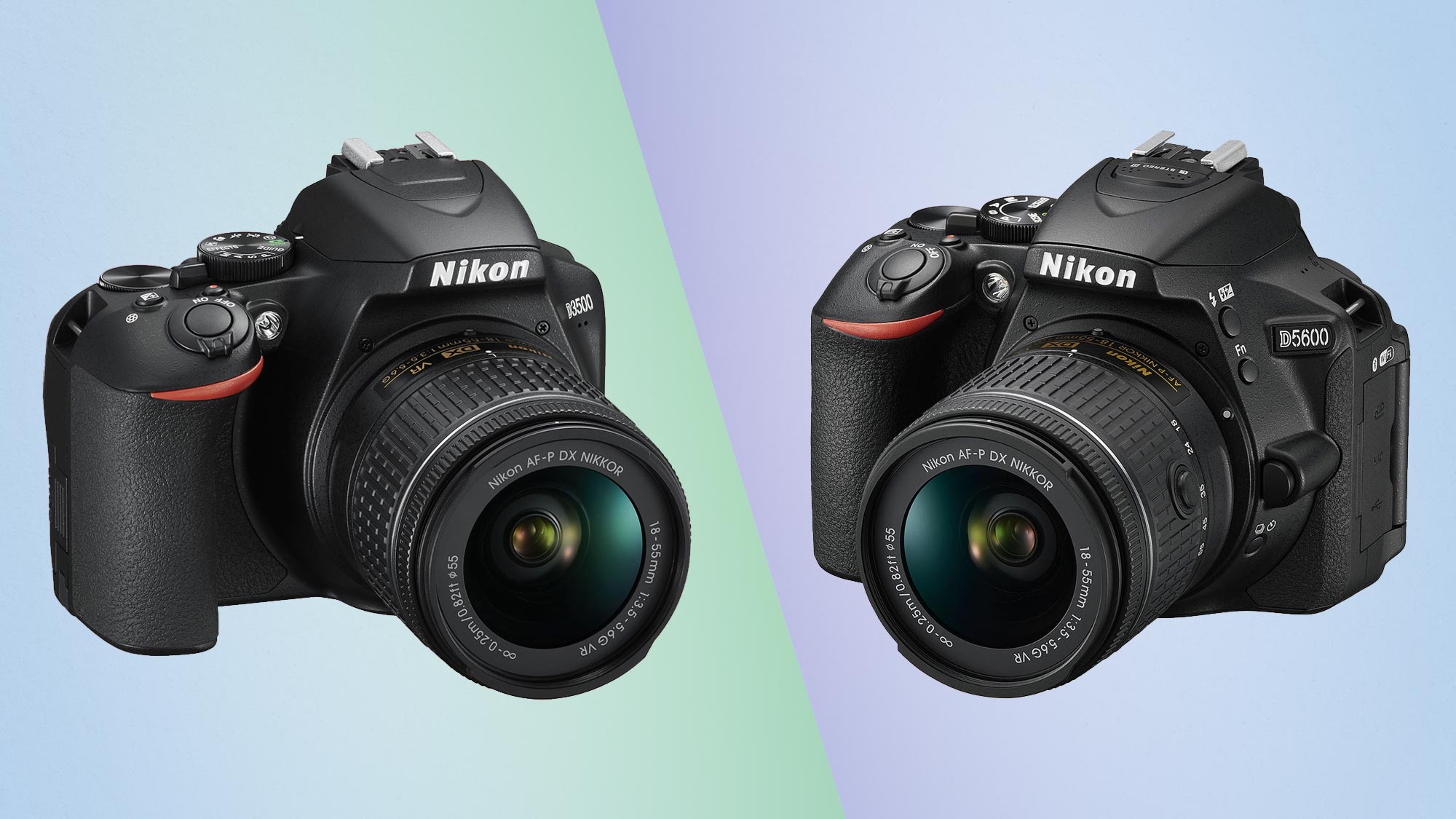
When it comes to choosing between the Nikon D3500 vs. the D5600, budding photographers have a hard choice, because both are two of the best DSLR cameras. Its D3500 model starts at under $500, with an 18-55mm zoom lens. The Nikon D3500 provides excellent image quality and a very user-friendly experience for beginners, including an onscreen guide to camera settings.
But for $200 more, the Nikon D5600 offers a richer feature set, such as a rotating touchscreen LCD and external microphone jack. It also has a more-advanced autofocus system, which could be a decisive factor if you plan to do a lot of action photography.
Let's look at how the two cameras compare to see which is better for you and your budget.
Nikon D3500 vs. D5600: Specs
| Row 0 - Cell 0 | Nikon D3500 | Nikon D5600 |
| Image sensor | 24.2MP APS-C | 24.2MP APS-C |
| Shots per second | 5 | 5 |
| AF points (phase) | 11 | 39 |
| ISO range | 100 - 25,600 | 100 - 25,600 |
| Max video resolution | 1920 x 1080/60 fps | 1920 x 1080/60 fps |
| Image stabilization | Via lens | Via lens |
| Time-lapse | No | Yes |
| Slow motion | No | No |
| Rear screen | 3-inch, 640 x 480, fixed | 3.2-inch, 720 x 480 rotating touchscreen |
| Viewfinder | 95% coverage, 0.85x magnification | 95% coverage, 0.82x magnification |
| Built-in flash rating | 7 meters | 12 meters |
| Hot shoe | Yes | Yes |
| Battery life | 1,550 | 970 |
| Jacks | Type C mini-pin HDMI, USB | Type C mini-pin HDMI, USB |
| External mic input | No | Yes |
| Wireless | Bluetooth | Wi-Fi, Bluetooth, NFC |
| Size | 4.9 x 3.9 x 2.8 inches | 4.9 x 3.9 x 2.8 inches |
| Weight (body only) | 12.9 ounces | 14.7 ounces |
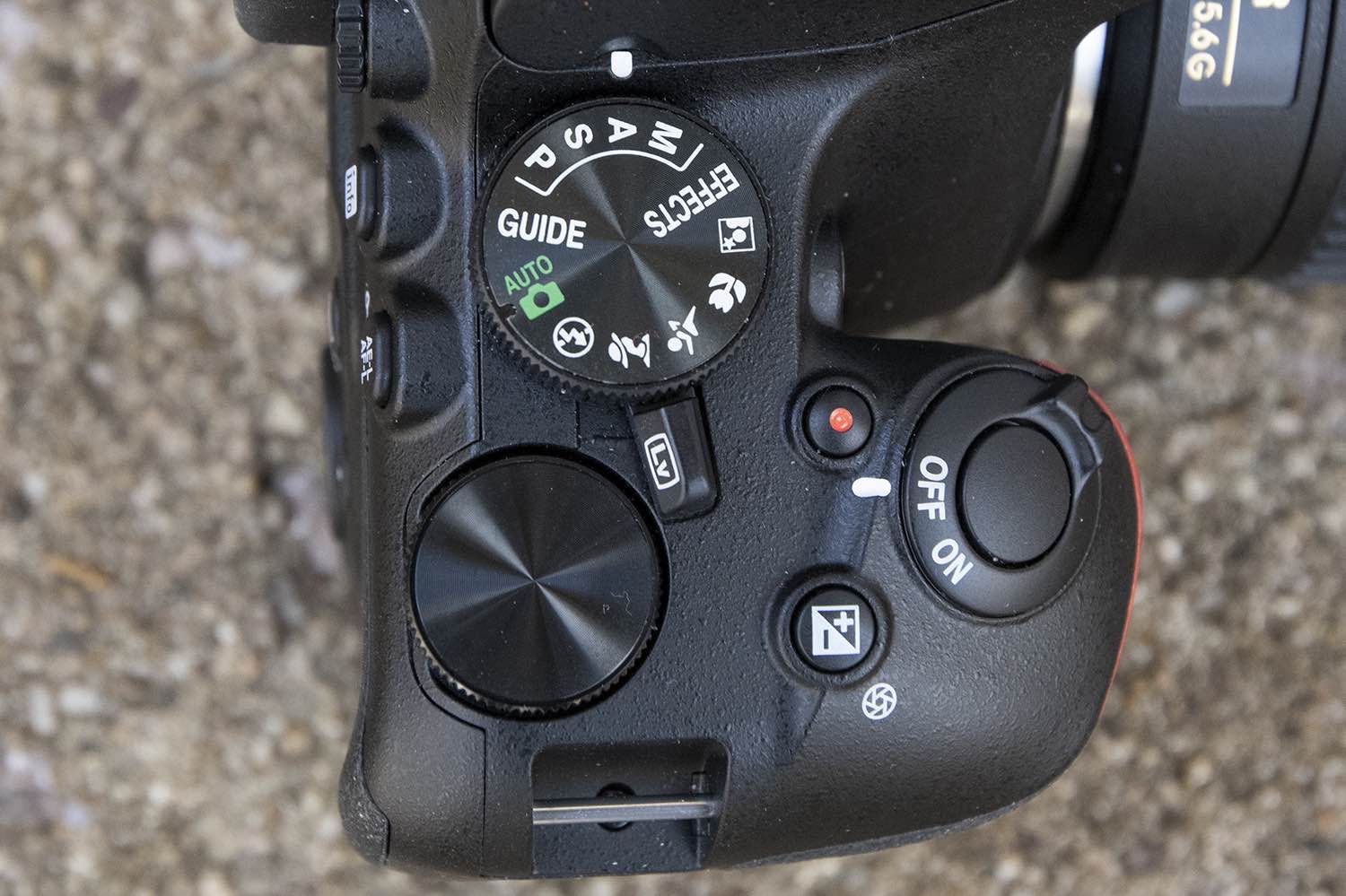
Nikon D3500 vs. D5600: Design
The cameras have very similar physical design, with identical dimensions, in the traditional DSLR form factor. The right-hand grips offer solid purchase, even for one-handed operation. The D5600 is a tiny bit heavier, at 14.7 ounces, vs. 12.9 ounces for the D3500—hardly noticeable. The D3500 body is made of polycarbonate, while the D5600 has a carbon fiber composite body.
The clearest differentiator is in the rear LCD. The D3500 offers a basic, 3-inch screen, with a modest 640 x 480 resolution; and it doesn't tilt to help with framing shots in live view mode when holding the camera up high or down low. The D5600's screen provides a luxury upgrade, measuring 3.2 inches with 720 x 480 resolution. What's more, it's fully articulated. The screen swings outward to the left and rotates, offering great flexibility in how you can frame shots. The screen folds into the camera body to protect the display from scratches and smudges when you aren't using it.
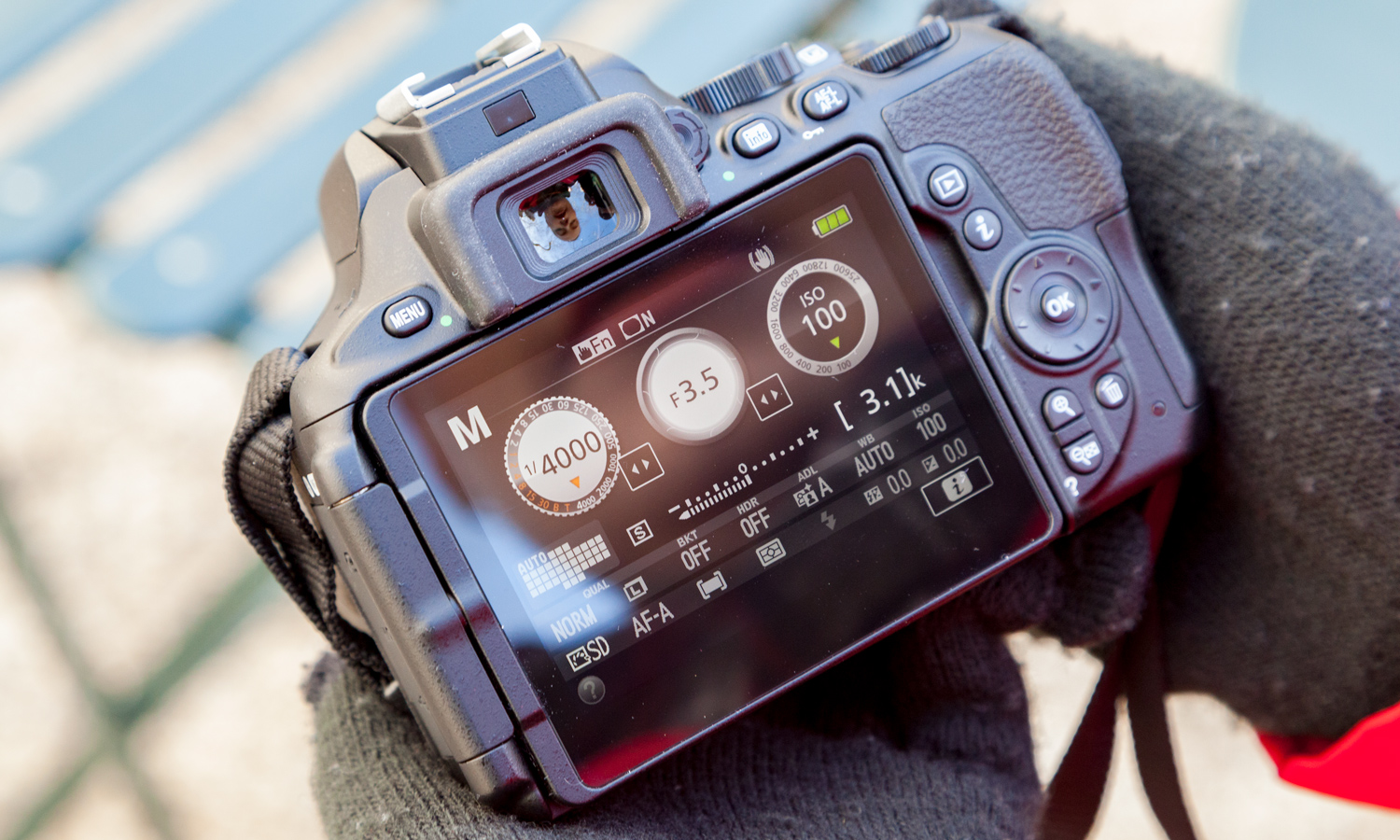
The D5600 LCD is also a touchscreen, which comes in handy for reviewing and editing images. You can drag a finger across the interface's frame-advance bar to quickly scroll through images. Use pinch-zoom to zoom into an image and then touch to crop the photo.
These being DLSRs, you'll mostly be framing shots using the viewfinder. The two cameras offer same-sized pentamirror optical viewfinders which offer 95% coverage of the frame, with 0.85x magnification on the D3500 and .82x on the D5600.
Sign up to get the BEST of Tom's Guide direct to your inbox.
Get instant access to breaking news, the hottest reviews, great deals and helpful tips.
Nikon D3500 vs. D5600: Interface
Both cameras offer essentially the same handy control layout. Highlights include a video record button just behind the shutter release button and a big "LV" lever to the right of the mode dial that you can easily flip to engage live view. Just to the right of each camera's LCD, the "i" quick-menu button grants access to all the important settings, from image quality to ISO and beyond. Owing to its smaller LCD, the D3500 offers roomier placement for buttons on the back of the camera, including space for one extra button (which brings up the release mode options for continuous shooting or the self-timer).
The D3500 stands out for its Guide Mode, which provides assistance for novice shooters on setup, shooting, playback and retouching images. Activated via the mode dial, the Guide's directions — available in basic or advanced operation options — are simple and easy to follow. Instructions range from setting image quality to softening the background in a portrait.
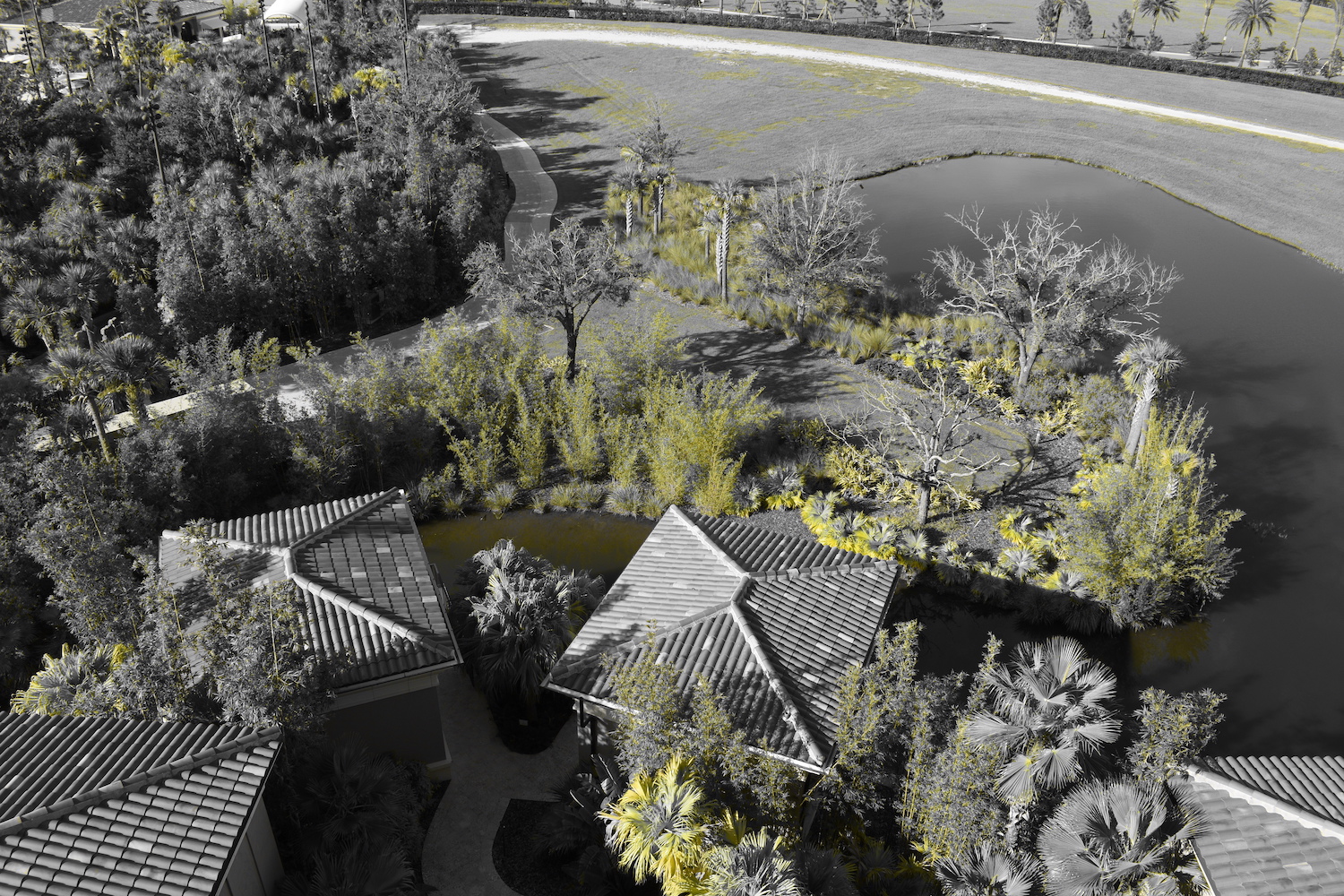
The D3500 also offers extensive in-camera retouching options. These include a quick, automatic retouch, resizing, D-Lighting (to help bring out details in shadows), red-eye correction, distortion control and vignette correction. Creative effects such as monochrome, image overlay, color outline, photo illustration, selective color and miniature effect are also available.
These effects can be applied after you've shot the photo and saved as a new copy. Or you can switch the mode dial to Effects and apply them in realtime as you are shooting pictures. A few of these effects can also be applied when shooting video.
Nikon D3500 vs. D5600: Image quality
The core elements of the cameras are identical. Each features a 24.2MP image sensor and Nikon's Expeed 4 image processor. Though no longer the latest tech, it's still a powerful imaging combination. The cameras deliver rich, accurate colors and excellent dynamic range (fidelity ranging from very dark to very light elements).
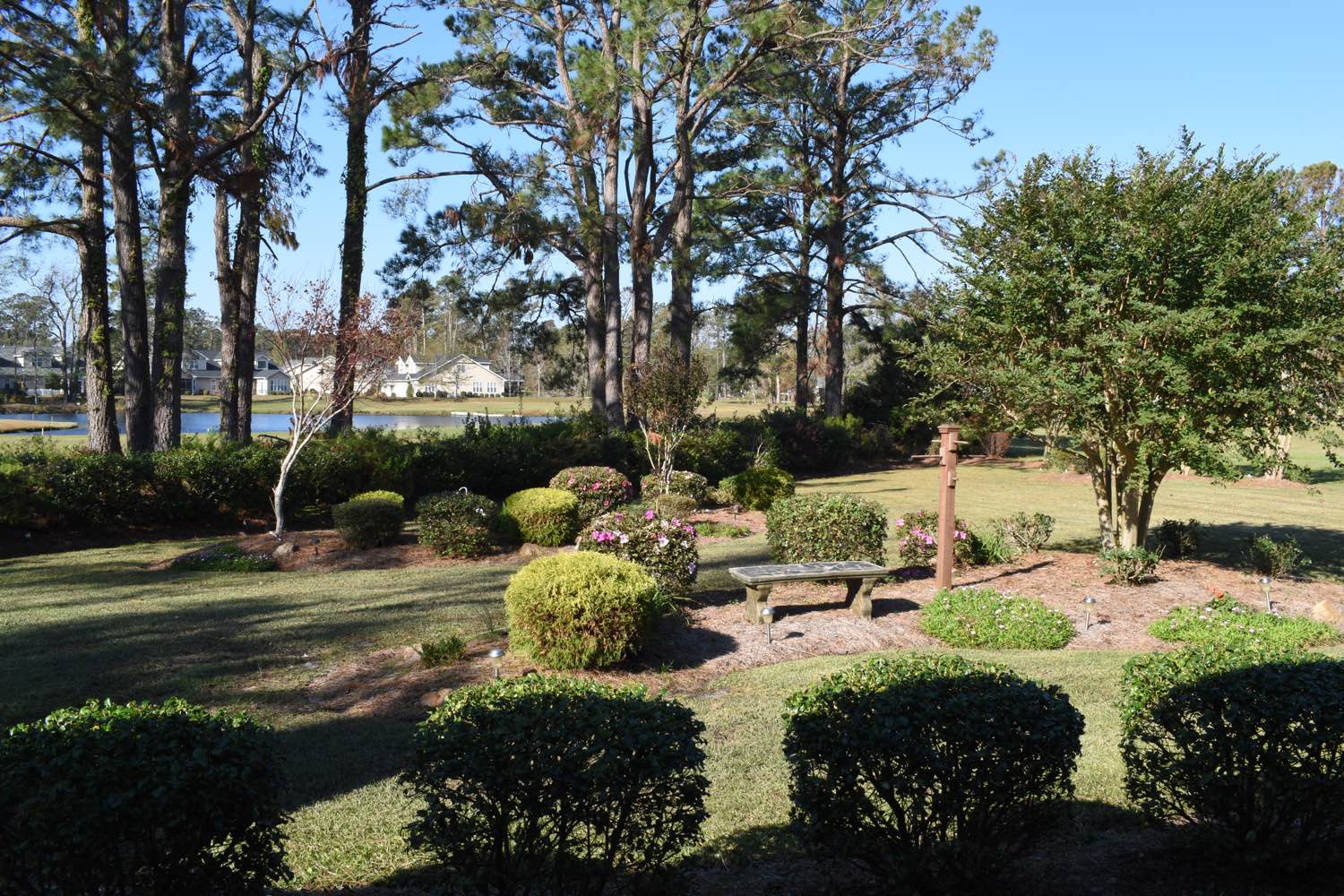
Each camera's sensor dispenses with the anti-aliasing filter, which was used to blur fine details (like a finely repeating pattern) that could lead to distortions on lower-resolution image sensors. With the move to 24MP, Nikon realized the AA filter was no longer needed, and the cameras achieve much sharper image quality without it. In fact, each camera is capable of capturing higher detail than the budget-priced kit lens will allow through, especially at the edges of the image.
The cameras perform excellently in low light, as well. Images are sharp, with accurate color and minimal pixel noise up to ISO 3200--good enough for an 8x10-inch print. Noise at ISO 6400 is not too noticeable if displayed at small sizes, say for a Facebook post. The higher ISO settings aren't worth using on either camera, unless you have no other choice to get the photo.
One difference by low light is in flash photography. The D5600's built-in flash is rated to illuminate a subject up to 12 meters (39 feet) away, which is quite far. The D3500's flash is rated for 7 meters (22 feet).
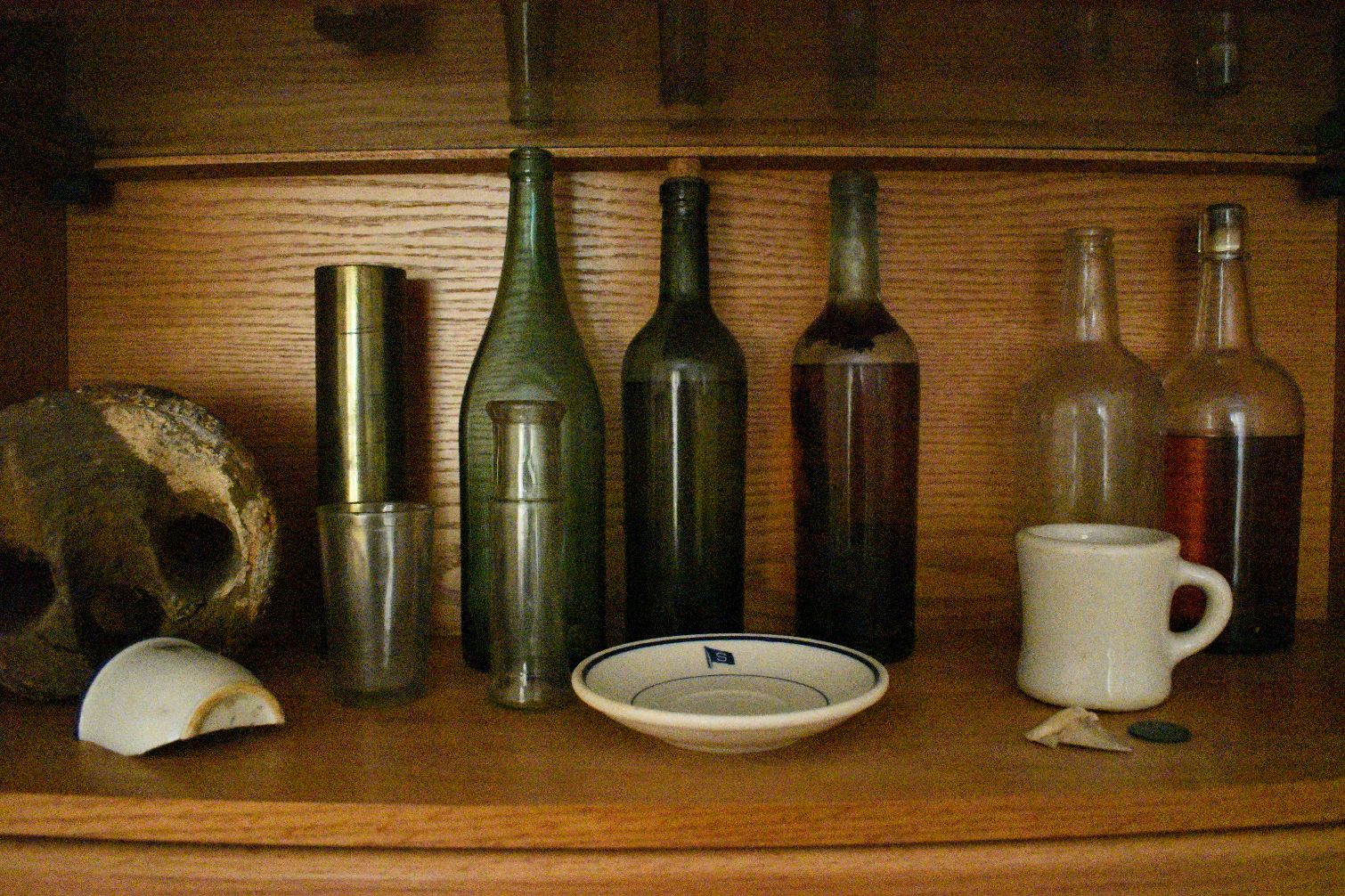
Nikon D3500 vs. D5600: Autofocus and speed
The cameras do differ in their autofocus systems. The D3500 provides just 11 autofocus points on its AF sensor, while the D5600 features 39. This won't make much of a difference in most still images, such as posed portraits or landscape shots. But with tricky lighting or fast-moving subjects, the D3500 could slip up. If you shoot a lot of action photos, say of sports or wildlife, you will notice the improvement with the D5600.
Speaking of action photography, each camera captures JPEG images at up to 5 frames per second. That's about standard for entry-level DSLRs. More-expensive DSLRs, like the Canon EOS Rebel T8i, offer 7fps. Mirrorless cameras, with fewer moving parts, can provide speeds around 10fps.
Nikon D3500 vs. D5600: Video quality
Video quality tracks that of photo quality for both cameras, with each capturing accurate colors and wide dynamic range. Resolution is limited to 1080p (at 60, 30, or a cinematic 24fps) for both, which is plenty for most online posting.
Lacking phase detection autofocus on the image sensor, however, neither camera is well suited to maintaining focus in action settings. Indeed most smartphones today have better autofocusing systems for video than either of these DSLRs do. Settings options are limited, as well. For instance, neither camera allows you to adjust the aperture to control depth of field in video.
If you do intend to shoot a lot of footage, the D5600 makes a much stronger case because of its audio capabilities. For starters, it has built-in stereo microphones, vs. the mono mic on the D3500. And the D5600 mics are adjustable so you can set the camera to record at the optimal audio level. Furthermore, the D5600 has a 3.5mm audio input, allowing you to attach an external microphone for recording much richer sound than any internal mic can capture.
The D5600 can also record time-lapse video, which the D3500 cannot. Neither camera records at high frame rates for slow-motion playback. If high-grade video is a priority, neither of these cameras is a top choice, however. Consider instead the 4K-capable Canon EOS Rebel SL3 among DLSRs or the Sony a6000 or a6100 mirrorless cameras.
Nikon D3500 vs. D5600: Battery life
Battery life has always been a strong point of DLSRs, and it certainly is for these two models. The Nikon D5600 is rated (based on the CIPA standard tests) for 970 shots per charge. Even after a full day of shooting, you'll come away with plenty of power remaining. If that sounds like a lot, consider the 1550-shot endurance of the D3500. You could go several days without recharging. That would allow you to bring the D3500 on a multi-day backpacking trip without having to pack a spare battery.
Nikon D3500 vs. D5600: Wireless capabilities
Both cameras are equipped with Bluetooth, which allows them to transfer images to Android and iOS devices using Nikon's free Snap Bridge application. This works pretty smoothly when you use the option of transferring 2MP versions of images, which is plenty for social media posting (images transfer in about 10 seconds or less). But Bluetooth proves painfully slow if you are trying to move full resolution images, which can take a minute each. Fortunately, SnapBridge can run in the background.
The SnapBridge app also allows your smartphone to function as a basic remote control for the D3500. You can trigger the shutter, but you do not get a preview of the photo on the phone's screen.
The D5600 also includes Wi-Fi, which enables a slightly more capable remote control. You can preview an image, set the focus point, and activate the shutter. But that's about it: You cannot adjust settings such as shutter speed, aperture, or ISO. The D5600 also has NFC, which helps Android devices pair wirelessly by tapping the, against the camera.
Nikon D3500 vs. D5600: Which is right for you?
You can't go wrong with either the D3500 or the D5600. Equipped with essentially the same core imaging technology, each camera offers excellent still-image quality. And the D3500 provides that quality at a most attractive price, which is why we have long named it the best entry-level DSLR camera. If you are new to DSLR photography, and looking for an economical entry point, this is the ideal camera for you. With some practice, you'll be able to capture handsome portraits, gorgeous landscapes, and beautiful still lifes. (The Guide Mode will help you through the learning process.)
And the low price offers room to grow, as you can put the savings towards an extra lens or two. (One popular bundle includes the 18-55mm kit lens and a 70-300m telephoto zoom for about $600.)
Action photography is the most compelling reason to upgrade to the D5600. It's 39-point autofocus system is much better equipped for tracking moving subjects than the D3500's basic 9-point system. But you're getting more than just better AF system. In addition to that must-have feature, the D5600 also has several nice-to-haves, chief among them the variable-angle LCD touch screen, which makes framing and especially reviewing photos much more convenient and enjoyable. If you can swing the higher price of the D5600, you will get your money's worth.
Sean Captain is a freelance technology and science writer, editor and photographer. At Tom's Guide, he has reviewed cameras, including most of Sony's Alpha A6000-series mirrorless cameras, as well as other photography-related content. He has also written for Fast Company, The New York Times, The Wall Street Journal, and Wired.
